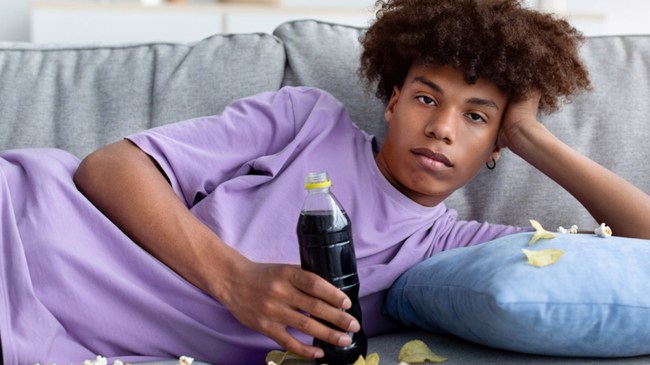iStockphoto
A lack of physical inactivity is affecting about two-thirds of Americans with some experts now referring it as a pandemic and a “crisis within a crisis.”
“The findings of the current investigation indicate a crisis within a crisis with respect to a physical inactivity pandemic in the US,” said Dr. Ross Arena, lead author of a new study and head of physical therapy at University of Illinois, Chicago’s College of Applied Science.
“On a national level, physical activity is unacceptably low and has not appreciably improved over the past decade while high levels of social vulnerability and physical inactivity are concentrated in specific geographic regions.”
The study, published in The American Journal of Medicine by Elsevier, asserts, “In the United States, ongoing efforts to increase individual- and population-level physical activity have made little to no progress over the past decade in reducing the percentage of individuals who report no leisure-time physical activity.”
The study found that “traditional health messaging and individual counseling approaches to addressing the physical inactivity crisis suffer from a blanketed, all-or-none approach.”
“Little attention is paid to factors that influence a person’s decision to be physically active,” said co-author Dr. Nicolaas P. Pronk, President and Chief Science Officer of HealthPartners.
“Our goal with this study is to start getting to the bottom of what really motivates behavior and behavior change,” added co-author Colin Woodard, Director of Nationhood Lab at Salve Regina University’s Pell Center for International Relations and Public Policy.
In the United States, according to the Centers for Disease Control and Prevention (CDC), more than 40% of population is obese and more than 70% are overweight.
Arena, who is also the founder of the Healthy Living for Pandemic Event Protection Network, added, “Our findings indicate social vulnerability and deep-seated characteristics of the United States’ distinct regions are likely influencing physical activity decisions.
“These factors should be considered when designing physical activity health promotion campaigns and tailoring individual counseling. We need to figure out how to help specific communities and individuals make behavior changes. What tools do they need? What messaging will resonate with them?
“It’s time to apply a precision medicine approach to healthy living medicine.”

